The carbon footprint of the Schwabe Group
The Schwabe Group has been calculating its carbon footprint for Scope 1 and 2 on a regular basis since 2019. It illustrates where our CO2 output is at its highest and where to target the most effective ways of reducing greenhouse gases. Calculating our carbon footprint also allows us to quantify the success of the measures we implement.
Carbon footprint 2024: 24% less CO2
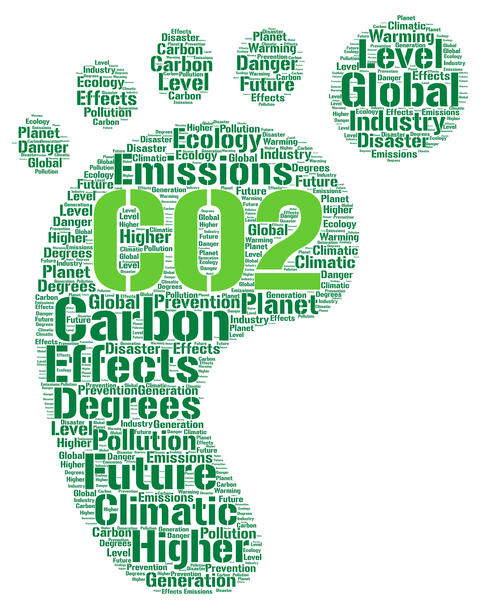
The Schwabe Group’s most recent carbon footprint reflects the figures from 2024 on a market-based approach.
It shows that in 2024, the Group was able to reduce its international emissions in Scopes 1 and 2 by 24% compared to 2021 values. This corresponds to a decrease of approximately 11,605 t CO2.
At our German sites we have even managed to reduce emissions by 44% versus 2021. The key forces behind the reduction were converting to green electricity in Germany as well as lowering the emissions related to generating heat.
Reduced CO2 emissions 2024
In absolute numbers, this means that the Schwabe Group lowered its total emissions from 48,871 t CO2e in the baseline year 2021 to 37,266 t CO2e in 2024.
In Scope 1 (direct emissions) we have seen a slight decrease of 709 t CO2e (which corresponds to around 3%) to 22,049 t CO2e (2021: 22,758 t CO2e). In Scope 2 (indirect emissions) we have seen a clear reduction by 10,896 t CO2e (which corresponds to around 42%) down to 15,217 t CO2e (2021: 26,113 t CO2e).
All in all, the major reductions in the year 2024 can mostly be attributed to decreases among the major output sources in Germany. That said, the measures implemented at smaller sites had a clear impact as well.
In future carbon footprints, the impact of today’s measures will show positive developments in several countries as well as most of the largest sources of emissions. We transparently communicate these developments on an ongoing basis.
What are CO₂e?
In addition to carbon dioxide, the most significant of the greenhouse gases which humans generate, there are other gases that have varying impacts on climate change. The Kyoto Protocoll has named the following as having an effect on the climate: carbon dioxide (CO2), methane (CH4), nitrous oxide (N2O), the “F-gases” hydrofluorocarbons (HFCs) and perfluorocarbons (PFCs), and sulphur hexafluoride (SF6). Nitrogen trifluoride (NF3) was added to the list in 2015.
To make a direct comparison of different greenhouse gases possible, a standard known as the global warming potential (GWP) was defined. The higher the GWP, the more harmful a gas is. This approach allows greenhouse gases to be converted into CO₂ equivalents and calculated more effectively. CO₂ equivalents are designated with the abbreviation CO₂e.
First global carbon footprint 2021
Publishing the first CO2 footprint for the entire Schwabe Group in Scope 1 and 2 was a milestone. This global report indicated that we produced emissions amounting to 48,871 t CO2e in the year 2021. That makes 2021 the baseline year against which all later reports would be compared.
Scopes 1 and 2 include all of the CO2 emissions which result from extraction, manufacturing, logistics, administration, the vehicle fleet or energy we purchase at the Schwabe Group sites.
Given the complexity and the extent of the data needed to document Scope 3 across all international sites, we are not going to collect information about CO2 emissions for Scope 3 until the next phase. This category encompasses all of the goods and services we purchase, the waste we produce, employee commutes, business travel, and transporting, using and disposing of our products.
What are Scopes?
The graphic below shows developments in energy consumption and emissions along the value chain of the Schwabe Group. We distinguish between three different scopes which involve different sources of emissions.
The sources of emissions are either allocated to what is known as the upstream value chain (for example, which emissions result from generating the energy we obtain and use), the company’s own reported activities (i.e., which greenhouse gases are created as we manufacture our products) and the downstream value chain (such as which emissions are created when using and disposing of our products).
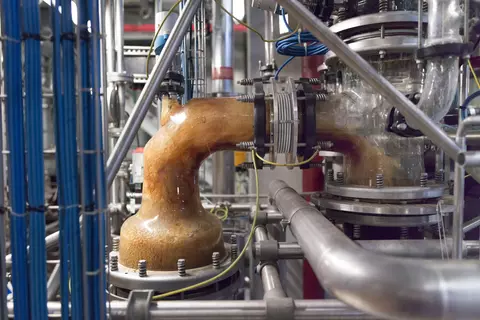
Scope 1 covers the direct emissions a company generates at its own sites or in mobile equipment, e.g. vehicles. These emissions mostly result from using fossil fuels like petroleum or natural gas.
In the process of calculating our carbon footprint, we also measure the energy consumption rates of our buildings, production processes and logistics facilities. These are the primary components of our carbon footprint.
Scope 1
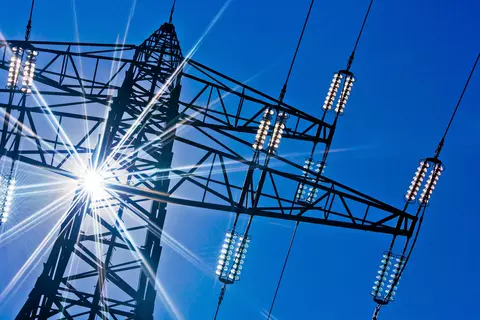
Scope 2 covers indirect emissions which originate from other sources that provide energy to the reporting company. Among other things, this includes electricity and district heating.
Scopes 1 and 2 are aspects of every carbon footprint. Scope 3 is optional. In other words, a company is not required to document emissions which fall within Scope 3.
Scope 2
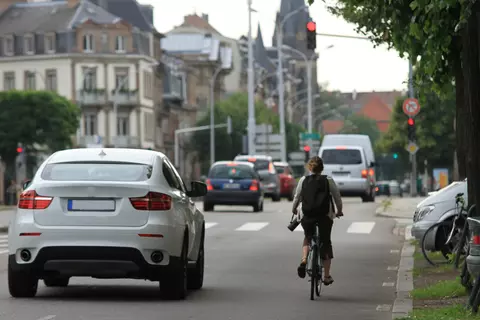
Scope 3 contains all of a company’s indirect / not directly controllable emissions.
It depicts the entire value chain of a company, i.e. not only the services and goods it purchases, but the waste it produces as well as its employees’ commutes and business trips.
Scope 3
The Schwabe Group's greenhouse gas emissions along the value chain
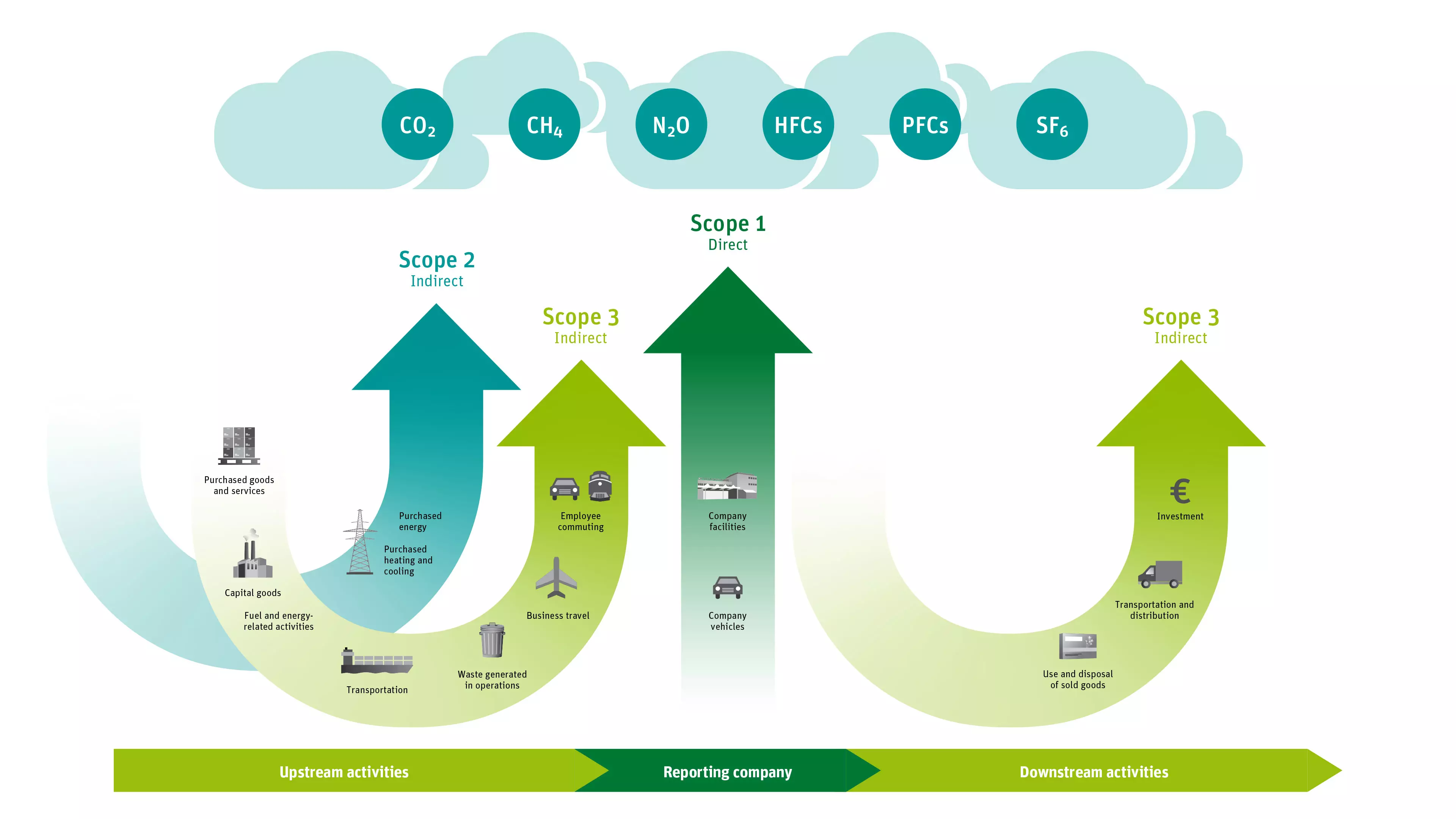
Reduction – substitution – compensation
With the measures listed here as well as others, we have already managed to significantly decrease our carbon footprint: In 2024 our GHG emissions were 24% lower than in the baseline year 2021.
All of the measures we undertook to make our carbon footprint smaller can be categorized in the groups of reduction, substitution, compensation - in that order.
Our top priority is reducing and preventing greenhouse gases by measures such as optimizing our processes. We have managed to find lower-impact alternatives to major sources of CO2 emissions by converting to energy from renewable sources and switching our fleet of company cars to electric vehicles. That said, the Schwabe Group cannot completely prevent or substitute carbon emissions. At the moment we are exploring suitable options so that in the areas where we can neither avoid our CO2 output nor find a substitute, we can implement efficient environmental-protection projects to compensate.
Explore Schwabe

A global player with over 150 years of tradition and expertise in herbal medicines and health products.
The Schwabe Group

Entrepreneurial, scientific and pharmaceutical expertise needs experts ... like you!
Your career at Schwabe
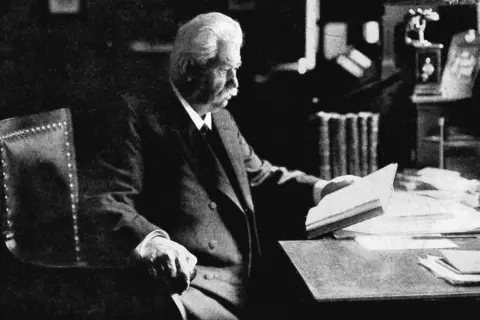
Working for your health and modern herbal medicine since 1866 – and that’s how it will stay.
